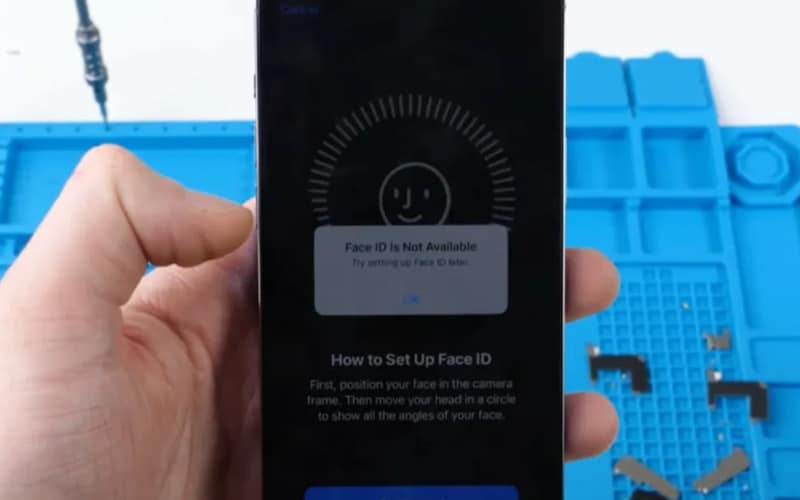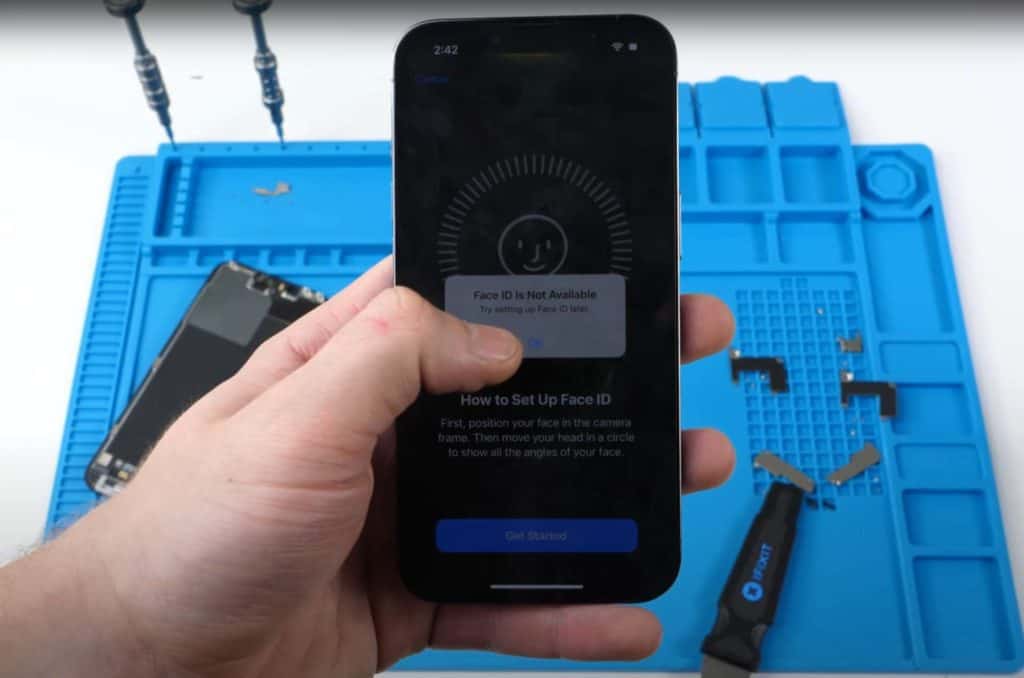No Face ID For Non-Genuine iPhone 13 Replacement Screens

Table of Contents
The internet is beginning to question Apple's motives after the Phone Repair Guru uncovered third-party iPhone 13 screens will not work with Face ID. Initially, he swapped out the ambient sensor, proximity sensor, and microphone components from the iPhone 13 screen with the same components from the iPhone 12 Pro max. This worked fine, however, the iPhone 13 displays a notification letting the user know the screen they are using is a non-genuine screen. Face time is also now not available to set up and use.
What Does This Mean For Consumers?
Apple teamed up with tech giants such as Microsoft, Google, and Amazon to block the Right To Repair law back in May. This law would mean all manufacturers would be forced to share device schematics and make changes in operation to make their devices easier to repair.
Prime Day is finally here! Find all the biggest tech and PC deals below.
- Sapphire 11348-03-20G Pulse AMD Radeon™ RX 9070 XT Was $779 Now $739
- AMD Ryzen 7 7800X3D 8-Core, 16-Thread Desktop Processor Was $449 Now $341
- ASUS RTX™ 5060 OC Edition Graphics Card Was $379 Now $339
- LG 77-Inch Class OLED evo AI 4K C5 Series Smart TV Was $3,696 Now $2,796
- Intel® Core™ i7-14700K New Gaming Desktop Was $320.99 Now $274
- Lexar 2TB NM1090 w/HeatSink SSD PCIe Gen5x4 NVMe M.2 Was $281.97 Now $214.98
- Apple Watch Series 10 GPS + Cellular 42mm case Smartwatch Was $499.99 Now $379.99
- ASUS ROG Strix G16 (2025) 16" FHD, RTX 5060 gaming laptop Was $1,499.99 Now $1,274.99
- Apple iPad mini (A17 Pro): Apple Intelligence Was $499.99 Now $379.99
*Prices and savings subject to change. Click through to get the current prices.
Whilst Apple makes an argument that this is for consumer safety, this law directly confronts technology companies making repair processes deliberately complicated. This then forces consumers to take out their own repair service plans, or allow the company to repair the device directly using genuine parts. This also means a higher cost for consumers, something the Right To Repair law is looking to tackle.
What Does This Mean For Third Party Repair Shops?

Apple has provided the Independent Repair Program as a resolution for third-party repairs, which makes likely prospects jump through Apple's hoops to allow them access to genuine parts for repair. The costs associated with that will most likely pass down to consumers, who would rather go to an Apple store for repairs if the price is the same. It's Apple's way of controlling the market and has nothing to do with consumer safety.
Long Story Short
From the outside looking in, disabling Face ID for non-genuine screens is just another attempt at Apple controlling the market. All components that look after Face ID are housed in the handset shell, not the screen, which only adds to the frustration of users. You can still use a third-party repair service to save some money, but you'll have to live with no Face ID until Apple decides to backtrack on yet another unfriendly consumer move with an iOS update.

